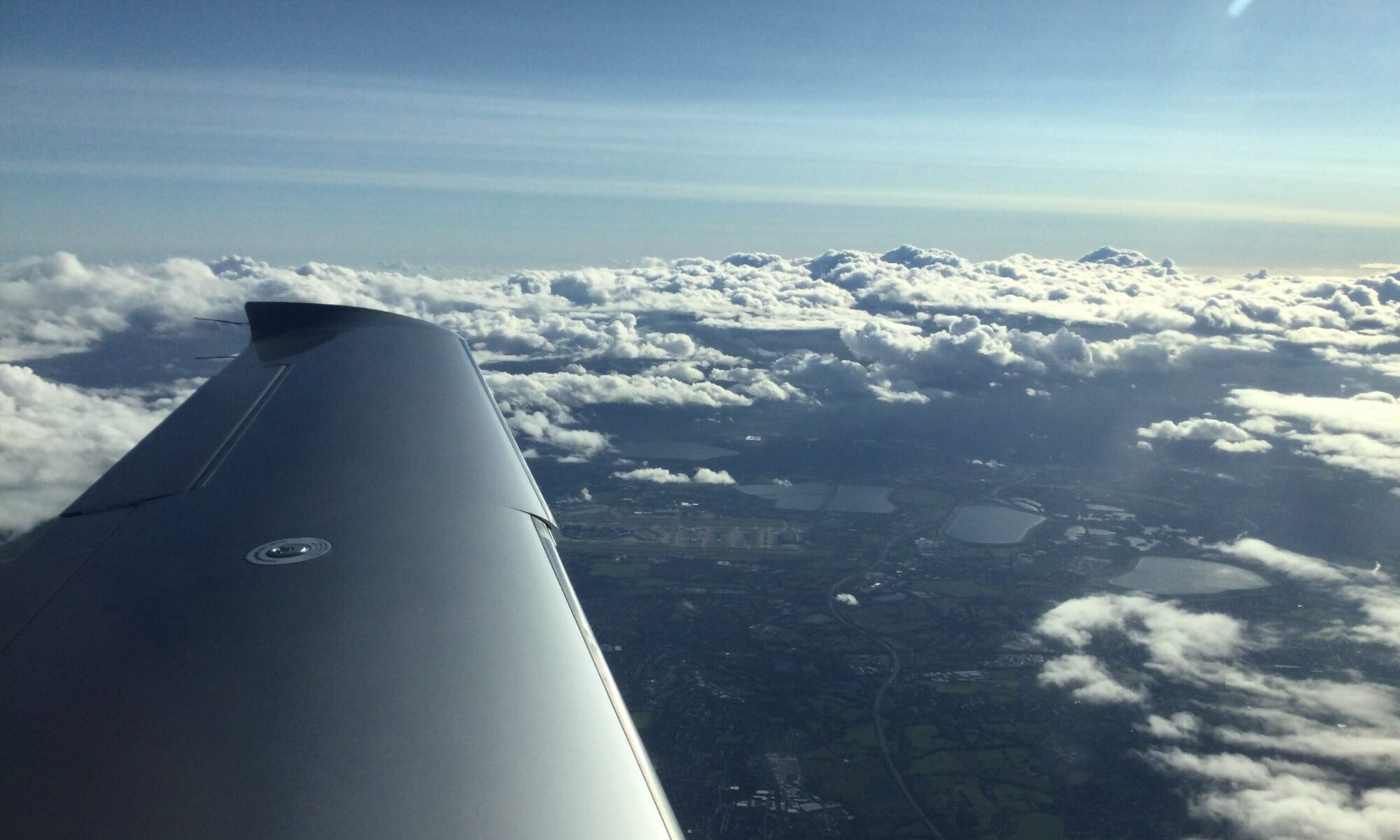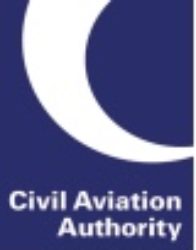This has recently come up in the context of applying for the FRTOL either on its own or at the same time as applying for a flight crew licence. It will look more like a complex legal argument than anything else but stick with me for a moment.
Generally, the length of time an examination remains valid for issuing a licence or rating is defined by FCL.025. Specifically, FCL.025 (c) states:
(c) Validity period
(1) The successful completion of the theoretical knowledge examinations will be valid:
(i) for the issue of a light aircraft pilot licence or a private pilot licence, for a period of 24 months;
and:
(iii) the periods in (i) and (ii) shall be counted from the day when the pilot successfully completes the theoretical knowledge examination, in accordance with (b)(2).
and, for completeness:
(b) Pass standards
(2) Unless otherwise determined in this Part, an applicant has successfully completed the required theoretical knowledge examination for the appropriate pilot licence or rating if he or she has passed all the required theoretical knowledge examination papers within a period of 18 months counted from the end of the calendar month when the applicant first attempted an examination.
There are currently two interpretations of FCL.025:
Interpretation 1
FCL.025(c)(1)(iii) states that the ’24-month period’ referred to in FCL.025 (c)(1)(i) starts when the pilot successfully completes the theoretical knowledge examination (note the use of the singular ‘examination’), in accordance with (b)(2).
Section (b)(2) states that the successful completion of the theoretical knowledge ‘examination’ means passing all the required theoretical knowledge ‘examination papers’ within a period of 18 months counted from the end of the calendar month when the applicant first attempted the ‘examination’.
In essence, then, the ‘successful completion’ clock starts ticking from the end of the calendar month when the applicant first attempted an ‘examination’. The clock finishes 18 months later.
That leads us to need to look at the definition of the term ‘examination’ and FCL.025 has some helpful guidance material (i.e. soft law / best practice) in GM1 which states:
(b) ‘Examination’: the demonstration of knowledge in one or more examination papers.
(c) ‘Examination paper’: a set of questions, which covers one subject required by the licence level or rating, to be answered by a candidate for examination.
When these two definitions are read together with each other these terms mean that an ‘examination’ consists of one or more “examination papers’
In summary, then, an applicant starts the ‘examination’ and an 18-month countdown clock starts ticking at the end of the calendar month during which the applicant first attempted the ‘examination’, which by implication means the first ‘examination paper’. The ‘examination’ finishes after the applicant successfully passes the last ‘examination paper’ and has de facto successfully completed the ‘examination’. On this ‘day’ [see FCL.025 (c)(1)(ii) above] a 24-month countdown timer starts during which time the applicant must successfully pass the FRTOL practical.
Interpretation 2
All that stuff above is dancing on the head of a pin and for the purposes of the FRTOL practical, the 24-month countdown clock starts the day the applicant passes the Communications theory examination – full stop!
Suffice it to say, that when I asked this question during my FRTOL Examiner Assessment of Competence (EAoC) the UK CAA FRTOL Chief Examiner helpfully clarified this by stating that Interpretation 2 was the correct interpretation because the FRTOL is a separate licence irrespective of whether it is applied for in isolation or at the same time as a flight crew licence.
Furthermore, to do otherwise would mean that there were different TK validity rules when applying only for the FRTOL in isolation as opposed to at the same time as a flight crew licence.
UK CAA Website
The latest but perhaps not last chapter is information on the CAA Website. Looking under ‘Exam Validity’ it states:
If you take the Radiotelephony Communications test together with the theoretical exams for the issue of a PPL, LAPL or NPPL licence all exams must be passed within an 18-month period.
The Communications examination will then be valid for 24 months following the final theoretical examination.
Thanks to Charlie at Devon & Somerset Flight Training for spotting that this advice had been added to the CAA website.

